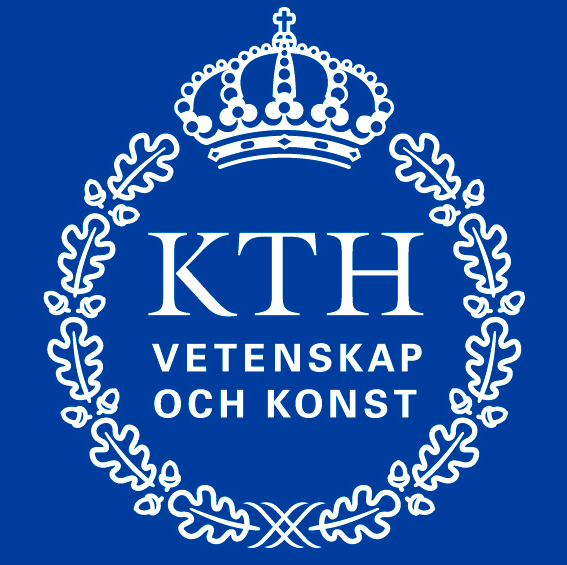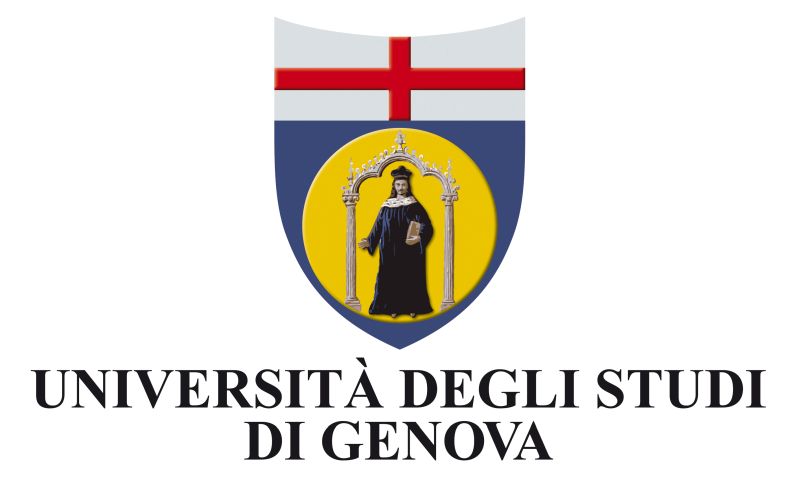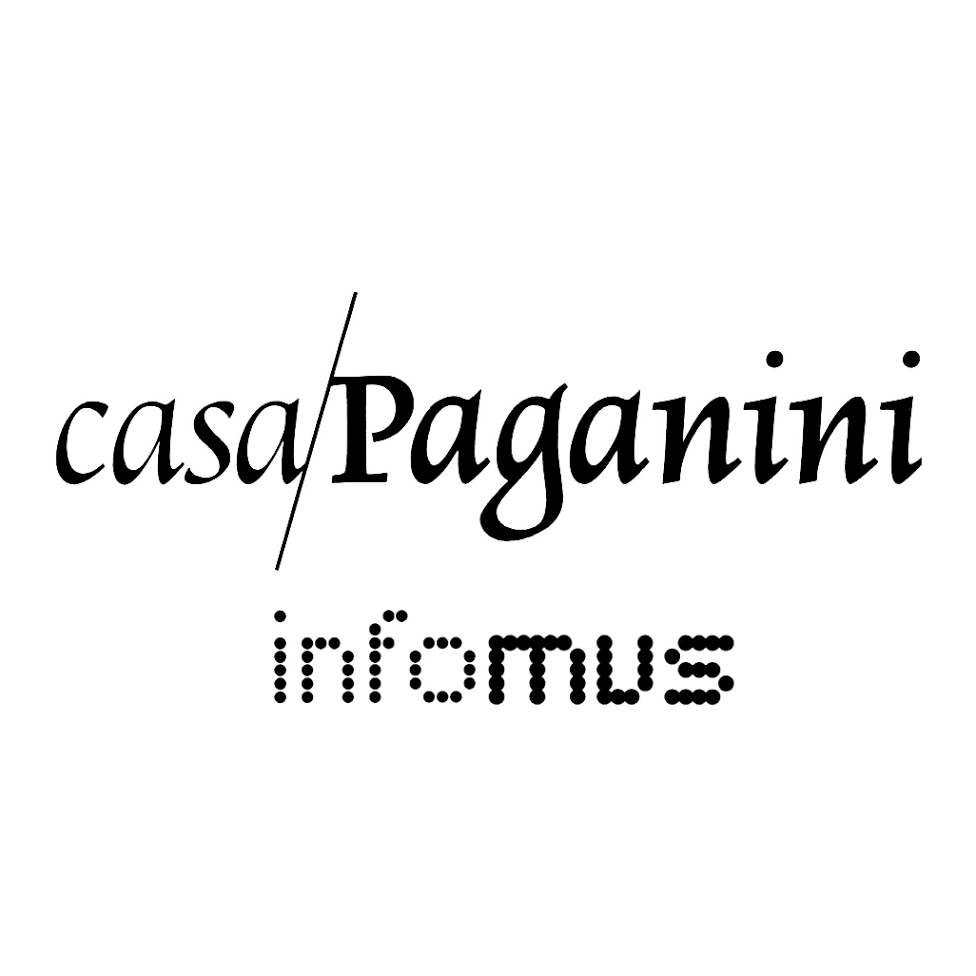Consortium
Università degli Studi di Genova (UNIGE) |
|
|
|
Established in 1984 at Università degli Studi di Genova (UNIGE), the Casa Paganini - InfoMus lab carries on scientific research and design, development, and experimentation of multimodal interfaces and multimedia systems. Main research addresses computational models of nonverbal multimodal expressive and social communication, with special focus on human movement and gesture (e.g., dance, full-body movements), audio (e.g., music), expressive and tangible multimodal interfaces. Applications domains include cultural heritage, edutainment, rehabilitation, entertainment, creative industry (music, dance), user-centric media, and mobile distributed multimedia systems. The lab is the main developer of the freely available EyesWeb XMI platform for synchronised recording, real-time interactive processing, and rendering of multimodal data. The Università degli Studi di Genova (UNIGE) is the coordinator of the project. It will lead the project by ensuring an effective coordination and collaboration among al the partners, by monitoring the progress and by participating in the R&D activities. It is mainly in charge of realtime analysis and sonification of non-verbal full-body movement, emotion detection, use-case design, development of the DANCE platform, and integration of its components. |
|
|
|
University of Maastricht (UM) |
|
 |
The Faculty of Psychology and Neuroscience of the University of Maastricht is home to the department of Cognitive Neuroscience and the Maastricht Brain Imaging Centre, comprising of 9 research groups, that are carrying out research on the topics such as auditory perception, emotion and cognition, columnar level fMRI, physiological (f)MRI, visual perception and learning, developmental neuroscience, and fMRI methods. Prof. Beatrice de Gelder is the head of the Emotion and Cognition group which investigates cognitive en affective neuroscience of intersensory perception. The research focuses on how emotion and cognition interact in humans and on the interaction between different sensory systems, primarily between seeing and hearing. UM will mainly investigate superior auditory localisation and movement perception abilities in the blind. Beyond state of the art neuroscientific investigation of structural and functional changes in cortical and subcortical networks and how they relate to superior auditory localisation in the congenitally blind. UM will actively collaborate with the other partners on real-time analysis and sonification of non-verbal full-body movement, emotion detection, use-case design, development of the DANCE platform, and integration of its components. |
|
|
|
Kungliga Tekniska Hoegskolan (KTH) |
|
 |
KTH accounts for one-third of Sweden’s technical research and engineering education capacity at university level. Education and research cover a broad spectrum, from natural sciences to all the branches of engineering as well as architecture, industrial engineering and management, urban planning, work science and environmental engineering. In addition to the research carried out by the KTH Schools, a large number of both national and local Competence Centres are located at KTH. Various research foundations also finance a number of research programmes. The project will be carried out by researchers at the Dept. of Media Technology and Interaction Design (MID), School of Computer Science and Communication (CSC), one of the 10 schools which constitute KTH. MID has it´s roots in computer- and behavioural science, graphic technique and media technology, and has today faculty that represents e.g., anthropology nd psychology, computer science and media technology, sound and music computing, interaction design, film- and literature science, and media- and communication science. KTH will mainly conduct research on effective mappings between physical gestures and sound parameters to support feedback and understanding. KTH will actively collaborate with the other partners on real-time analysis and sonification of non-verbal full-body movement, emotion detection, use-case design, development of the DANCE platform, and integration of its components. |



 Consortium
Consortium